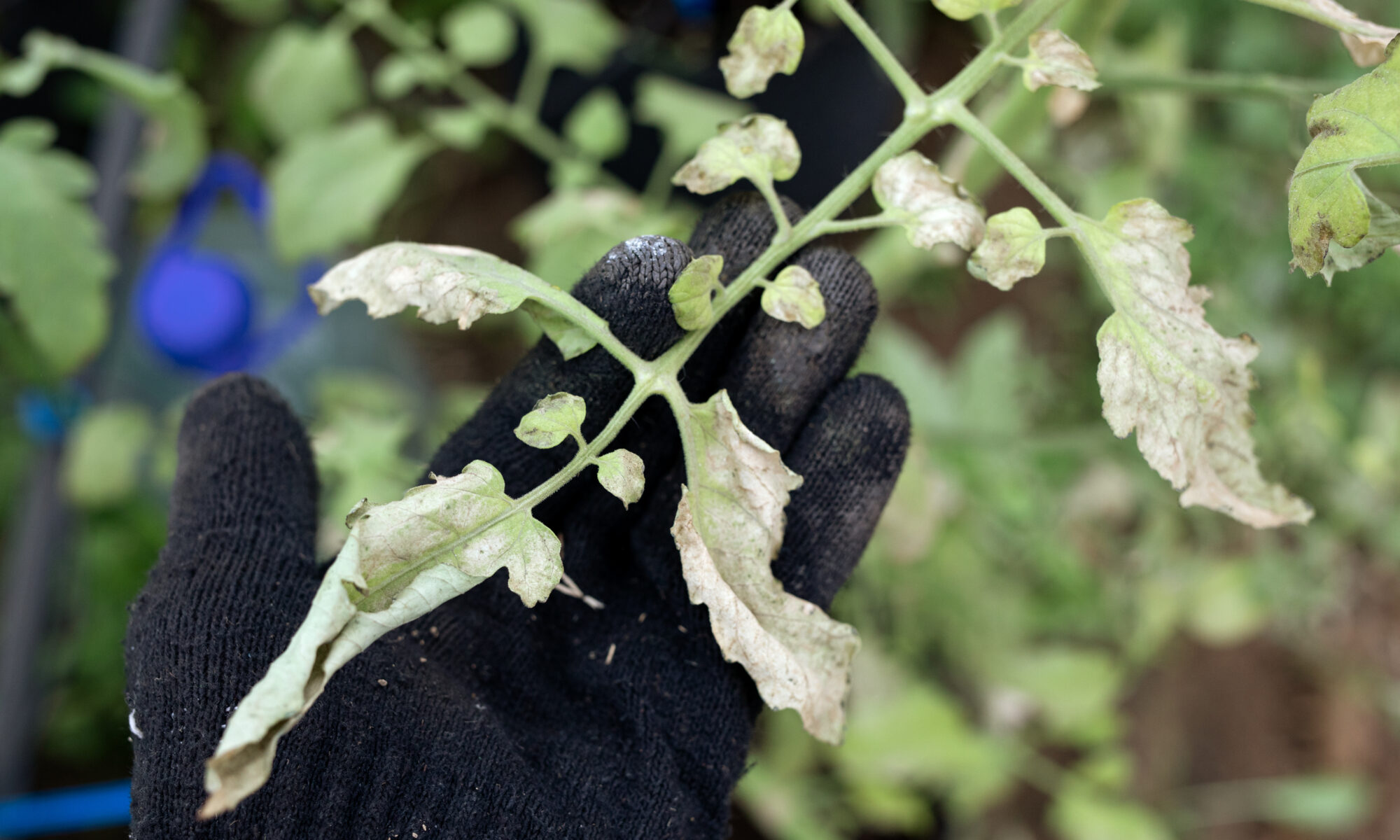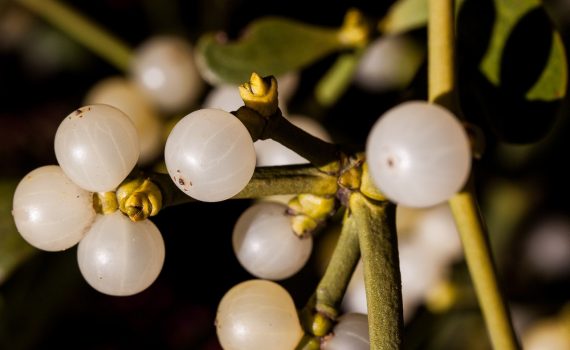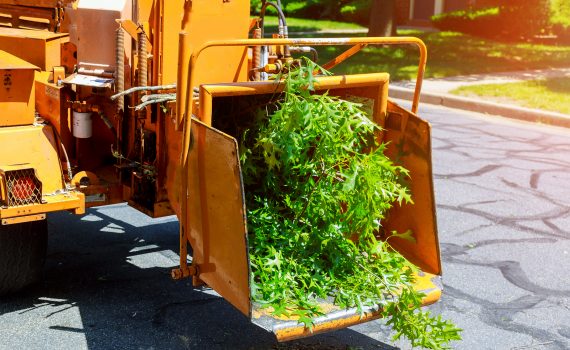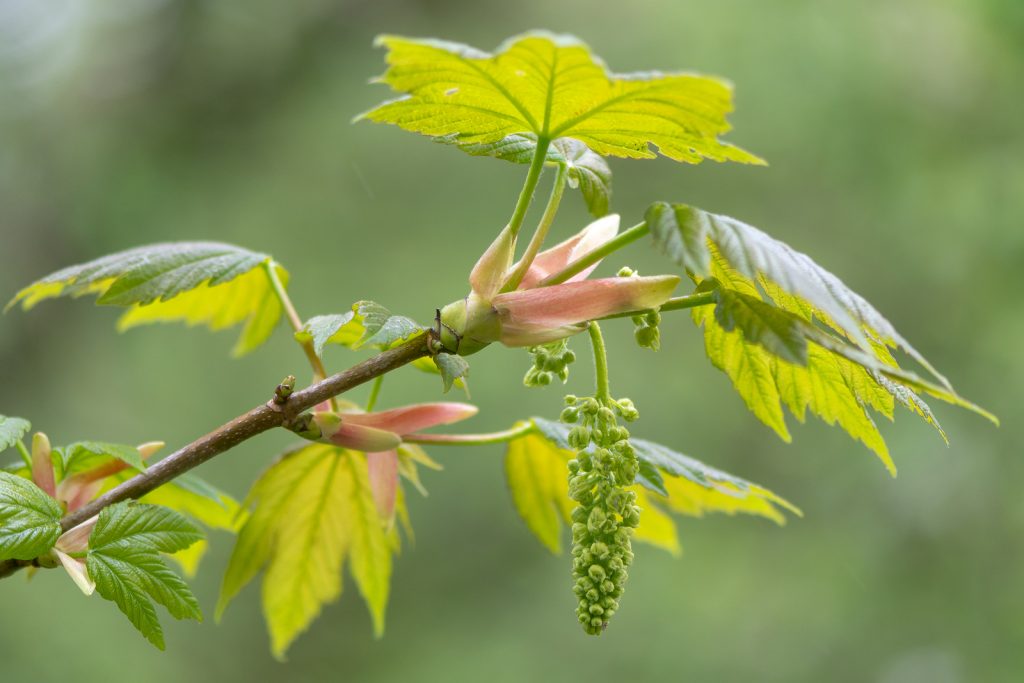Fusarium wilt is a fungal disease that can infect a wide range of trees, including maple, oak, and elm. The fungus attacks the tree’s vascular system, which can cause wilting, yellowing, and eventual death of the tree. It is important to take steps to control this disease to keep your trees healthy and beautiful.
Here are the 10 best tips for controlling Fusarium wilt:
1. Proper Tree Selection
The first step in controlling Fusarium wilt is to select trees that are resistant to the fungus. Some species of trees, such as red maples, are more susceptible to the disease than others, such as sugar maples. When selecting new trees for your property, be sure to choose species that are known to be resistant to Fusarium wilt.
2. Proper Planting Techniques
Proper planting techniques can also help to prevent Fusarium wilt. When planting new trees, make sure to dig a hole that is at least twice as wide as the root ball and just as deep. This will give the roots room to spread out and establish themselves properly. Also, be sure to plant the tree at the same depth it was growing in the nursery.
3. Proper Watering
The fungus thrives in moist soil, so it is important to keep the soil around your trees well-drained. Water your trees deeply and infrequently, rather than shallowly and frequently. Also, make sure not to over-water, as this can lead to waterlogged soil.
4. Proper Pruning
The fungus can enter a tree through wounds, so it is important to minimize the number of wounds on your trees. Prune your trees during the dormant season, when the tree is less susceptible to infection. Also, be sure to sterilize your pruning tools before and after each cut to prevent the spread of the fungus.
5. Proper Fertilization
The fungus can weaken a tree, making it more susceptible to other diseases and pests. Fertilize your trees with a balanced, slow-release fertilizer to promote healthy growth.
6. Mulch
Mulch helps to retain moisture in the soil and suppress weed growth. Use a 2- to 3-inch layer of organic mulch around the base of your trees, being sure to keep it at least 6 inches away from the trunk.
7. Proper Drainage
The fungus thrives in moist soil, so it is important to ensure that the soil around your trees drains well. If you notice that water is pooling around the base of your trees, consider installing drainage systems such as French drains or swales.
8. Crop rotation
Crop rotation is a great way to prevent Fusarium wilt. The fungus can survive in the soil for several years, so rotating crops can help to break the life cycle of the fungus. If you have a vegetable or flower garden, rotate your crops each year to reduce the risk of Fusarium wilt.
9. Remove and destroy infected plants
Another way to prevent Fusarium wilt is to remove and destroy any infected plants. The fungus spreads easily through the soil, so it is important to remove any infected plants as soon as possible. If you notice signs of disease on your trees, contact an arborist for assistance in removing and disposing of the infected plant material.
10. Use fungicides
Finally, you can use fungicides to help control Fusarium wilt. Fungicides are chemicals that can prevent the growth of fungi and other plant diseases. However, it is important to note that fungicides should be used as a last resort, as they can be harmful to plants and the environment if misused. If you do decide to use fungicides, be sure to follow all label instructions carefully.
By following these steps, you can reduce the risk of Fusarium wilt on your trees and help keep them healthy and strong. Give Sexy Trees a call today to learn more about how we can help you protect your trees from this devastating disease. We offer expert advice and services that can help keep your trees healthy and happy for many years to come! Contact us today to get started.
 Bringing Sexy Back Into Your Yards
Bringing Sexy Back Into Your Yards 



